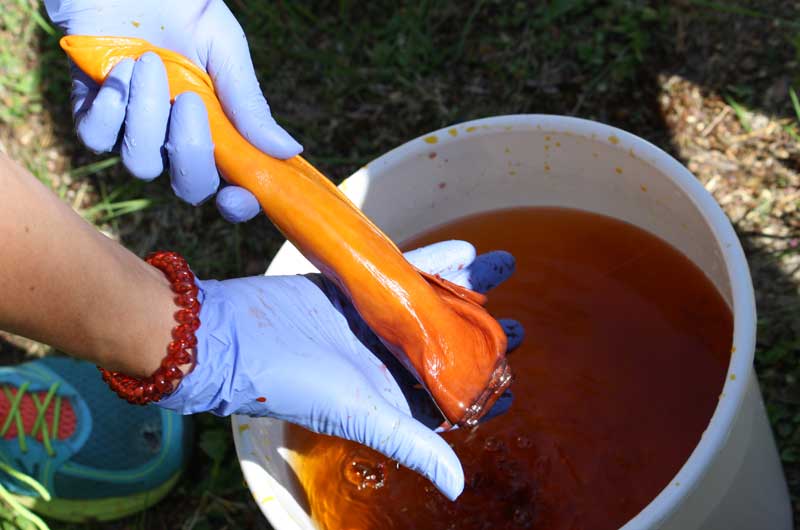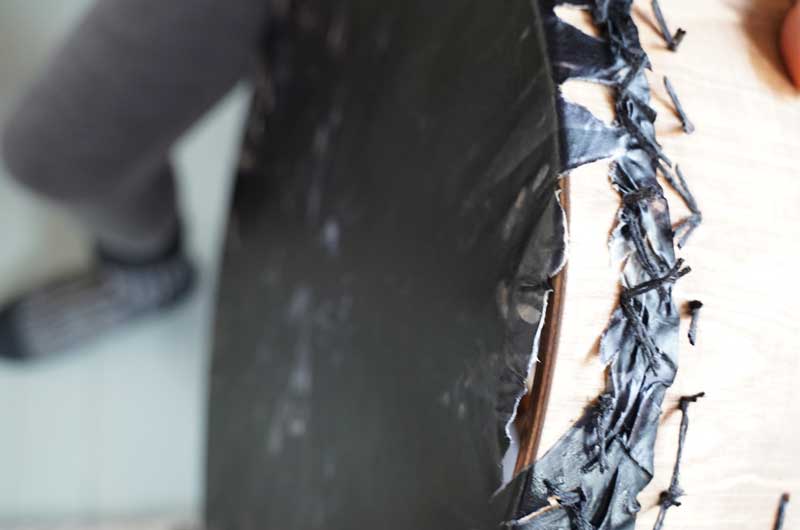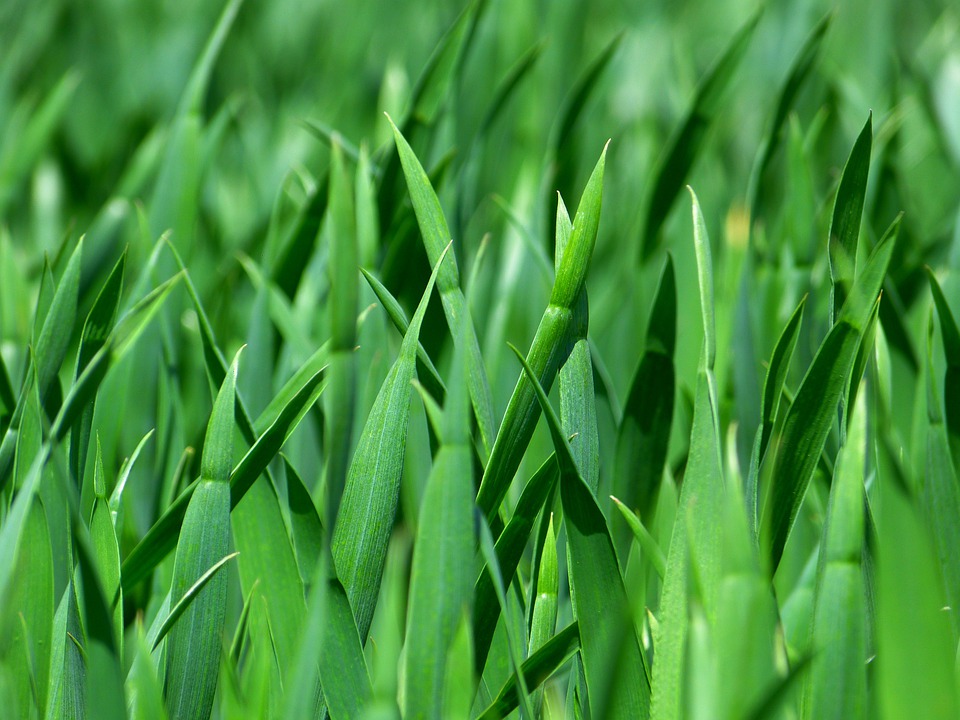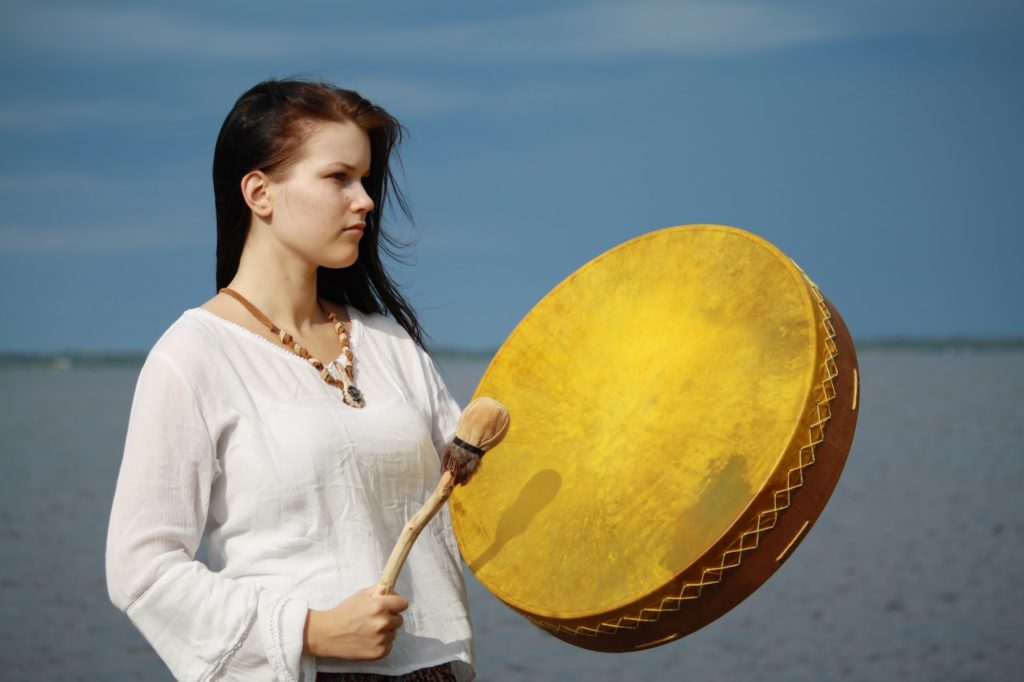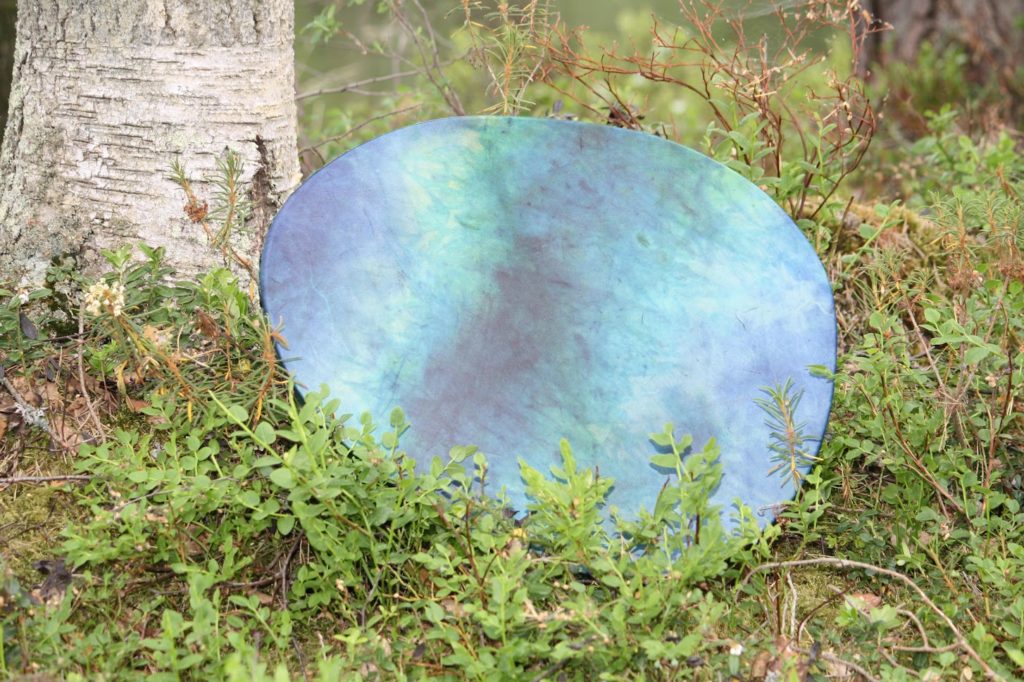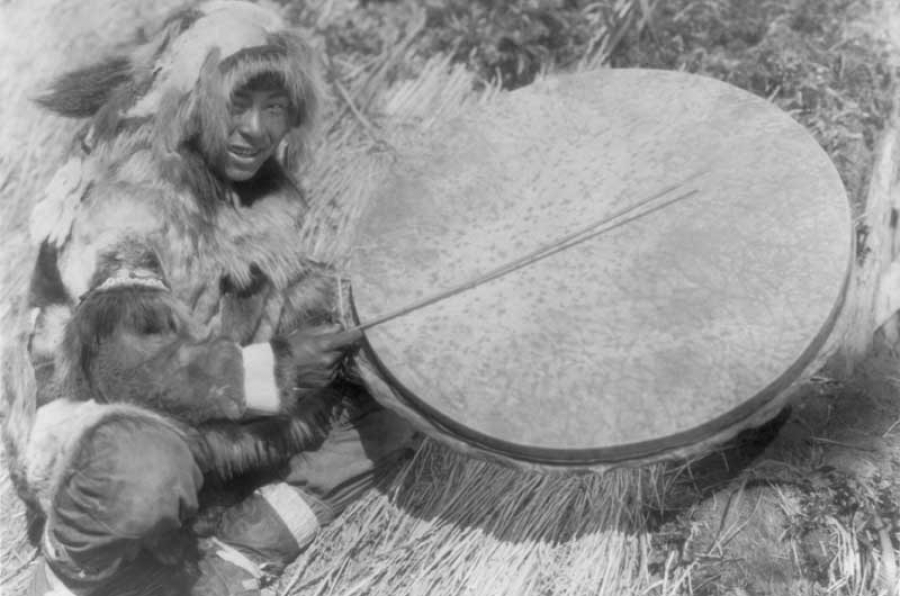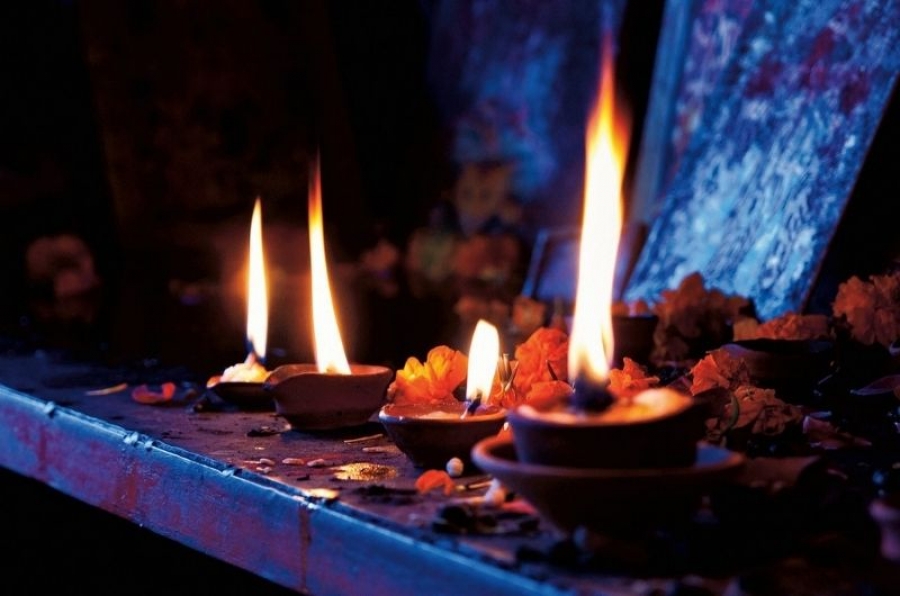The shaman drum, is a fascinating and distinctive handcraft that can be brought to life with a little dedication and know-how. When creating your own drum, you’ll often find yourself in the position of dyeing the drum skin. In Finland, reindeer hide is commonly used for drum skins, while in other parts of the world, leather from cattle, camels, or even deer might be employed.
One intriguing and cost-effective way to dye the drum skin is by using natural plant-based dyes. Here are some examples of colours you can achieve with plant-based dyes:
Coffee: For earthy brown tones.
Turmeric: Yields vibrant yellow hues.
Beetroot: Adds rich reds and violets to the leather.
Blueberries: Surprisingly, you can get shades of blue.
Chlorella algae: Produces various shades of green.
Although it’s possible to dye drum skins with commercial fabric dyes, based on my experience, they tend to make the leather feel somewhat “slimy.” Hence, I don’t recommend using them.
At Shaman Drum Finland (or Rumpu-ukko as we call ourselves her in Finland), we’ve primarily used powdered dyes, except for a few experiments, to create stunning and eye-catching colours. Powdered dyes are a non-toxic alternative and are relatively easy to use. Simply dissolve the contents of the packet in hot water. However, be sure to let the dye cool before use, as excessively hot water can damage the leather.
Here’s a step-by-step guide to dyeing drum skins with powdered dyes:
- Soaking: Place the leather in a container and fill it with clean, lukewarm water. Initially, the leather may be stiff, but it will gradually soften. Don’t force the leather into the water; allow it to sink in slowly, much like cooking spaghetti. Let the leather soak for at least half an hour, but it’s perfectly fine if it’s in the water for longer.
- Getting rid of the excess water: Gently squeeze out excess water from the leather. Avoid twisting or wringing it forcefully. You can use a towel or paper towels to gently press and dry the leather. The goal is to eliminate any excess water, so the leather doesn’t drip.
- Creating patterns: Create various patterns on the leather by folding or crumpling it in different ways. For instance, you can crumple the leather into a ball and tie it with string. Submerge the bundle in the dye. Alternatively, you can dip just the edges of the leather. The duration of immersion varies, depending on the desired colour, but generally a few minutes will suffice.
- Dyeing: The depth of colour will vary based on the leather’s properties and the dye’s concentration. The result is also influenced by how long you leave the leather in the dye. You can use a paper towel as a test tool before the actual dyeing to see how quickly it absorbs colour. If you’re a beginner, it’s advisable to start with two colours, as leather absorbs colour very easily, especially powdered dyes. Working with too many colours can result in a muddy brown finish. Keep in mind that colours can interact with one another. For example, if you dip yellow leather into blue dye, it will turn green.
- Checking: Once the leather achieves your desired colour (you can check by opening the leather), rinse out any excess dye. If you find the result too pale, you can return the leather to the dye. If there’s too much colour, there’s not much you can do, especially if the colour is dominant. Remember that the hues will intensify as the leather dries and after applying a protective coating. What appears light during the dyeing phase may become significantly darker once dry.
- Finishing: After dyeing, sew the leather onto the drum frame. If you wish to paint designs on the drum, that should be done once the leather has dried (painting patterns will be the topic of a future article).
There are countless dyeing techniques and methods, and practice will guide you in creating the patterns you desire. Embrace the creative process of dyeing your shaman drum skin and enjoy the unique and vibrant results it can produce. Happy drum-making!
P.S. If you do not have time or opportunity to create your own drum, have a look at our wonderful selection of shamanic, Sami, Viking and Power Animal drums online.

